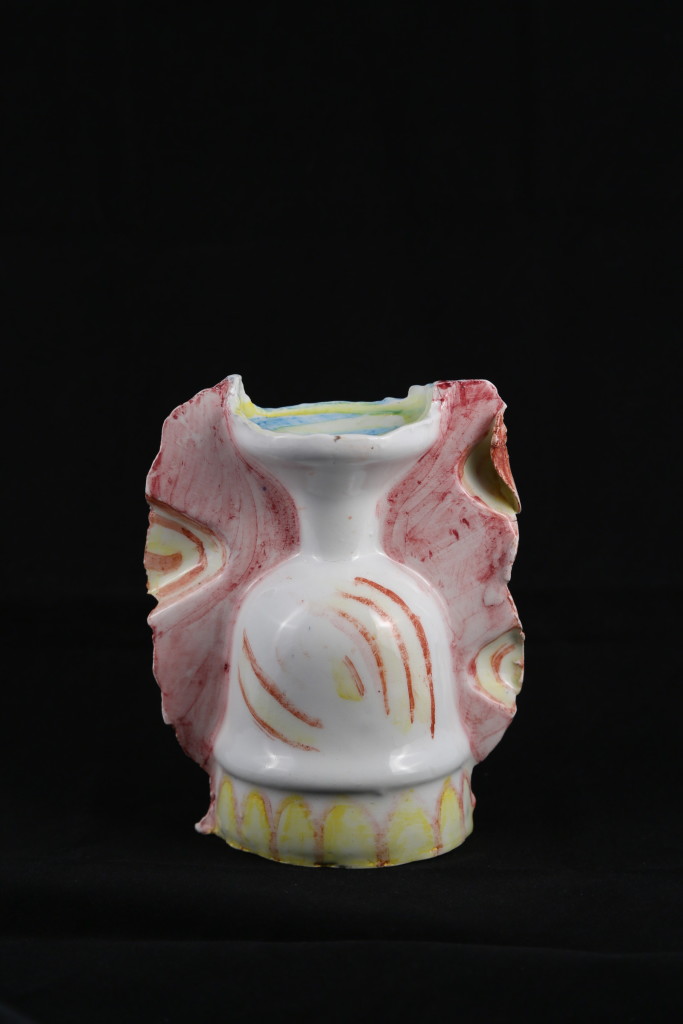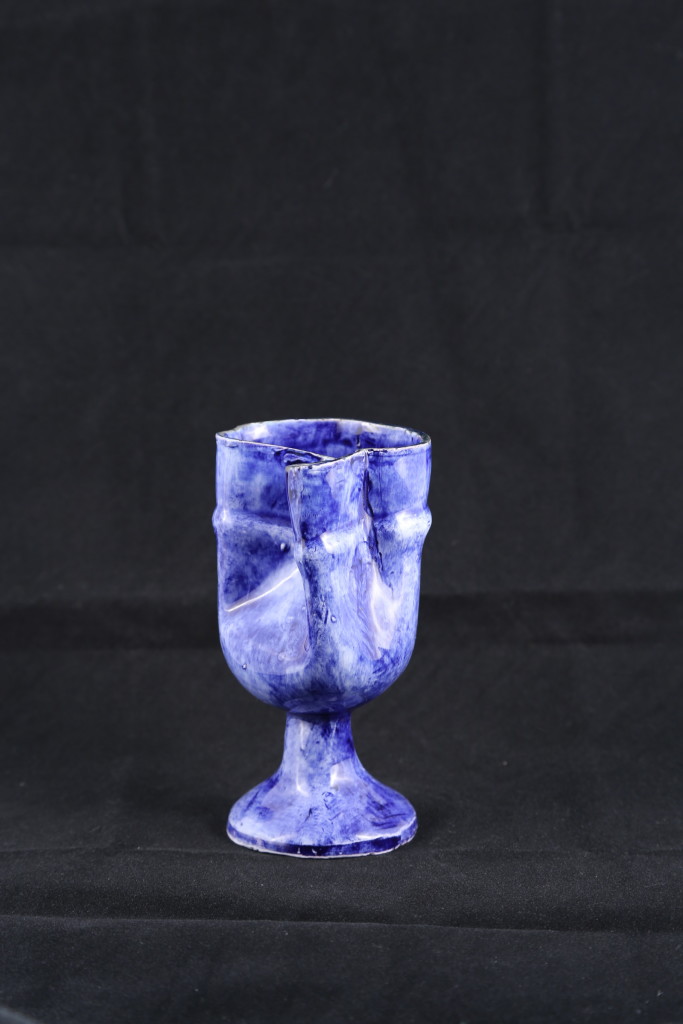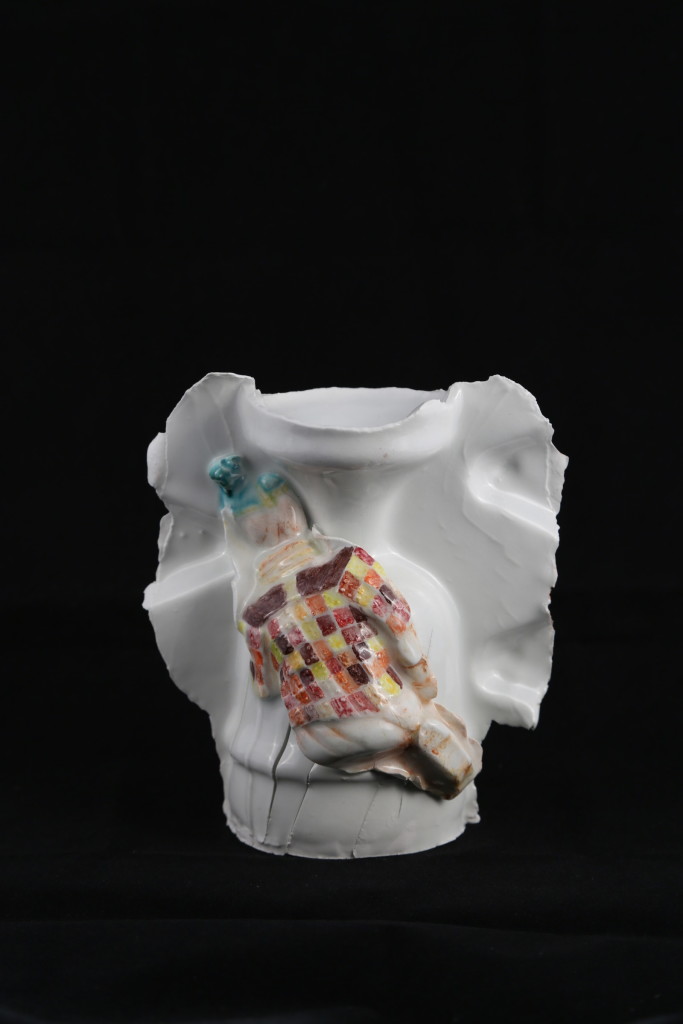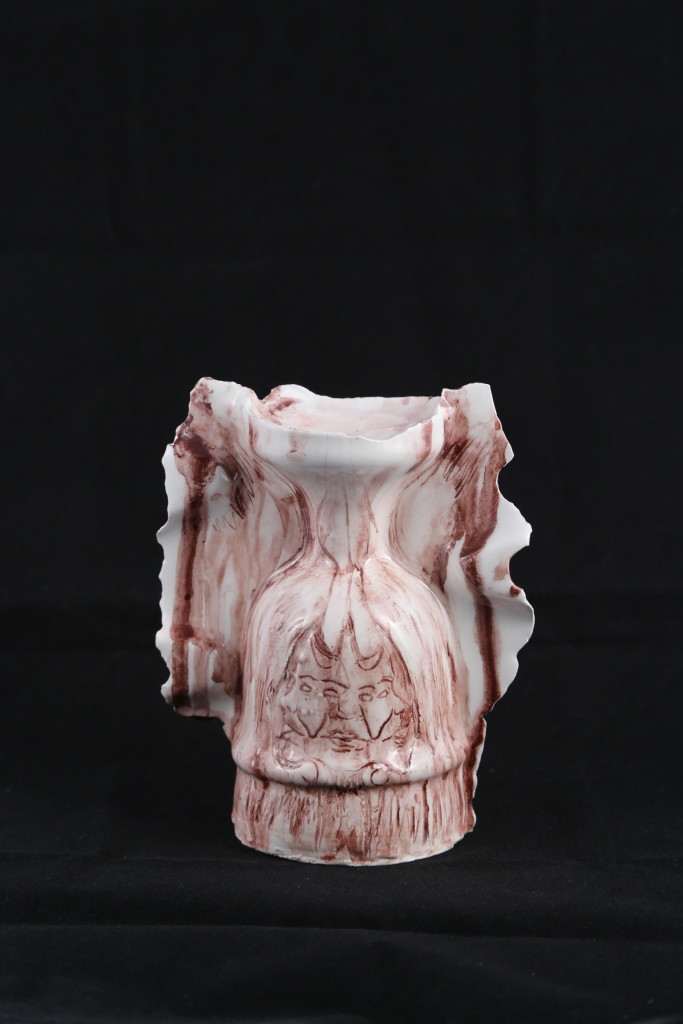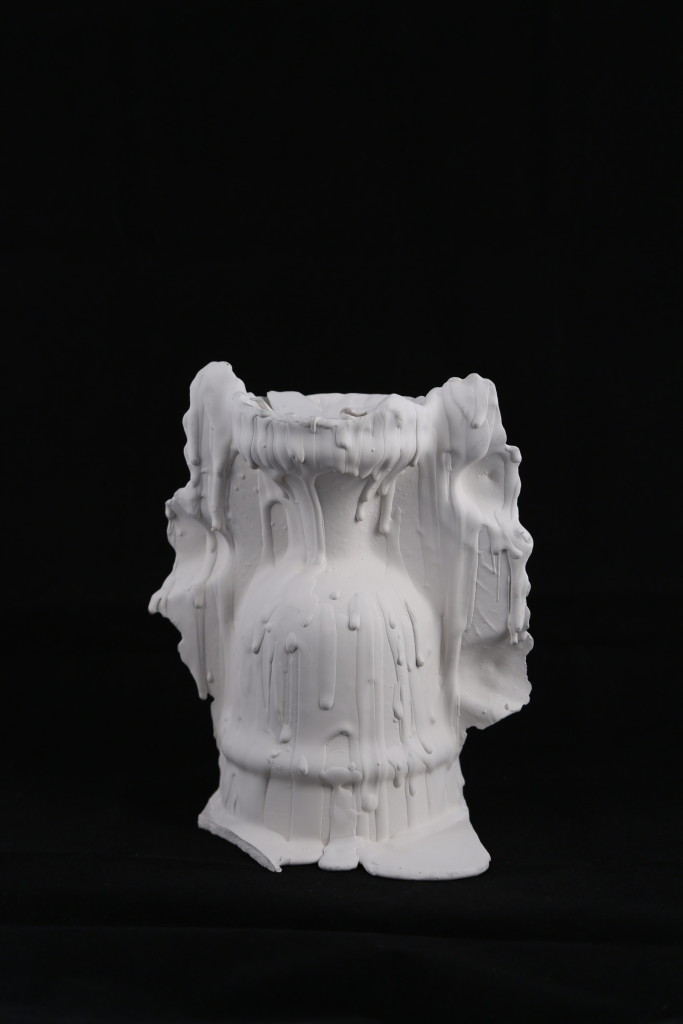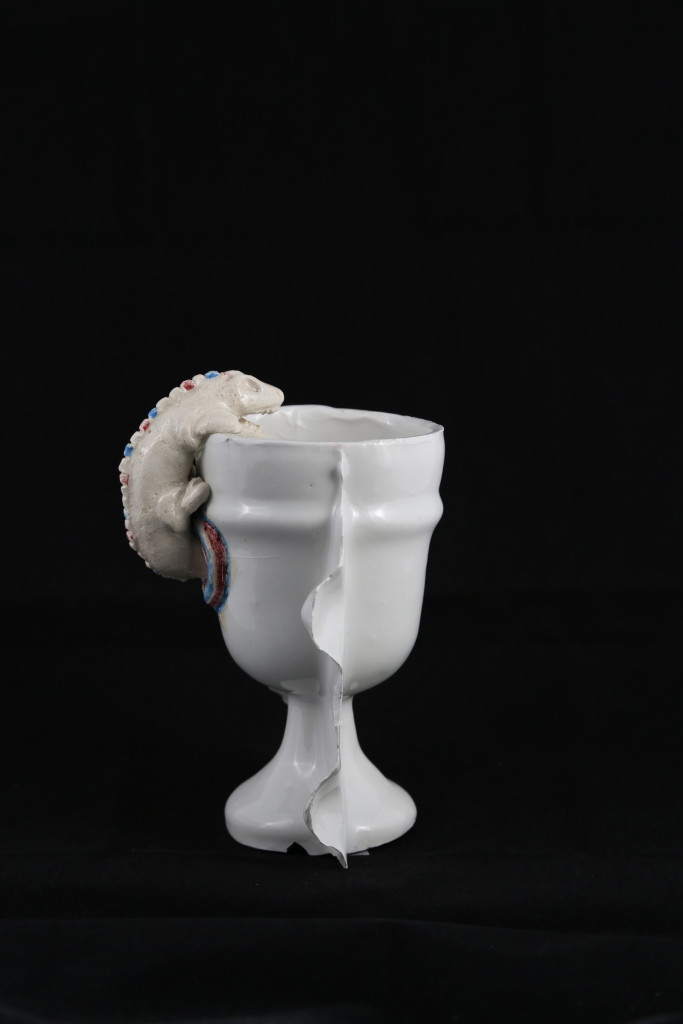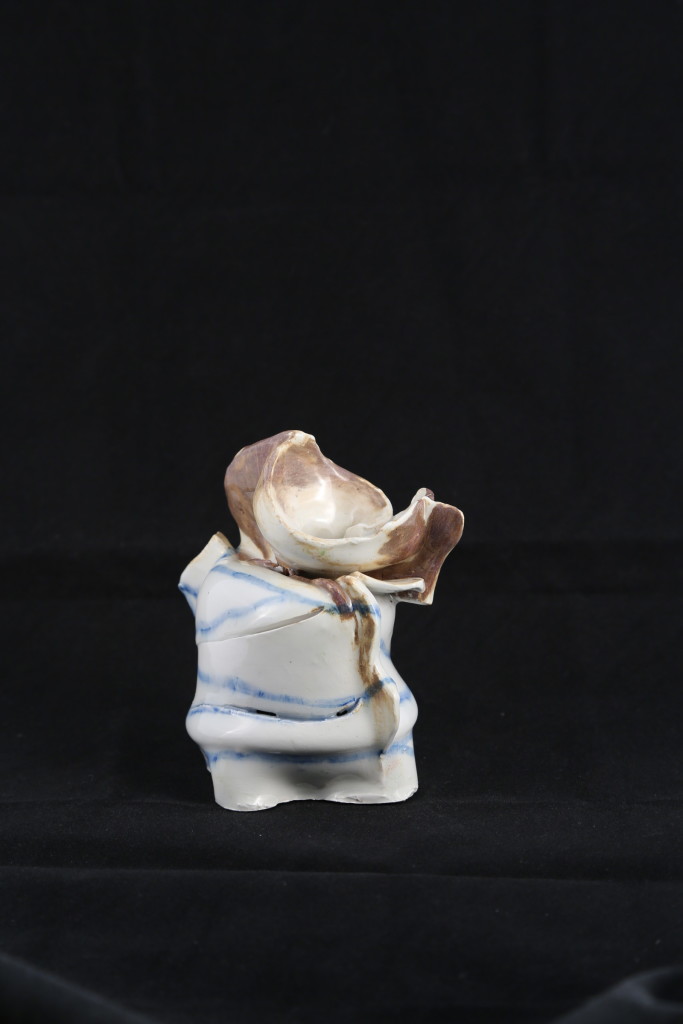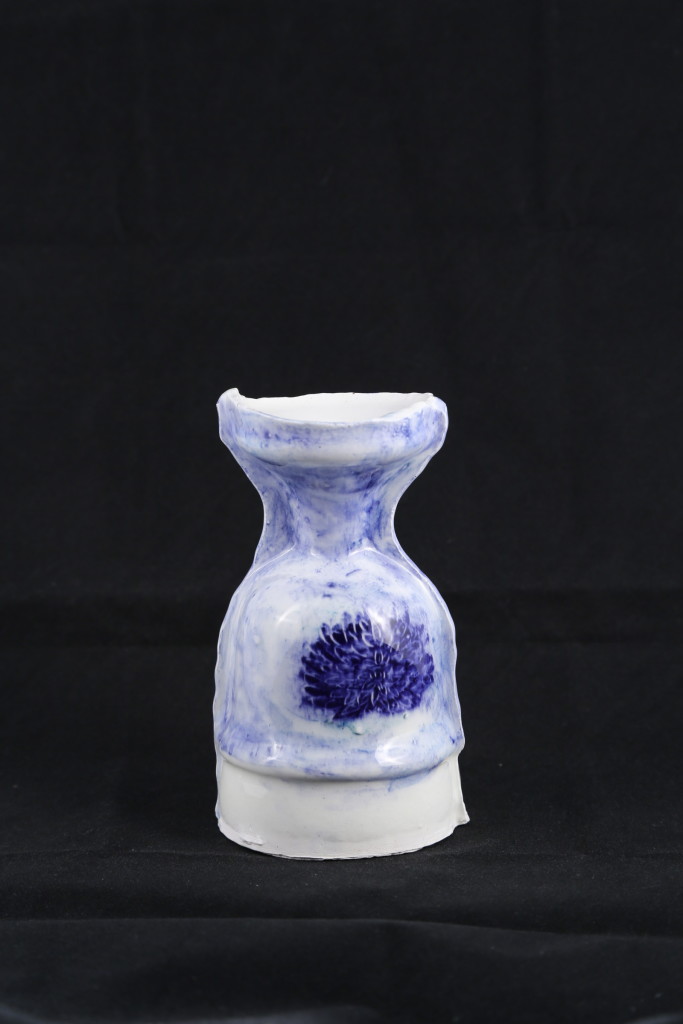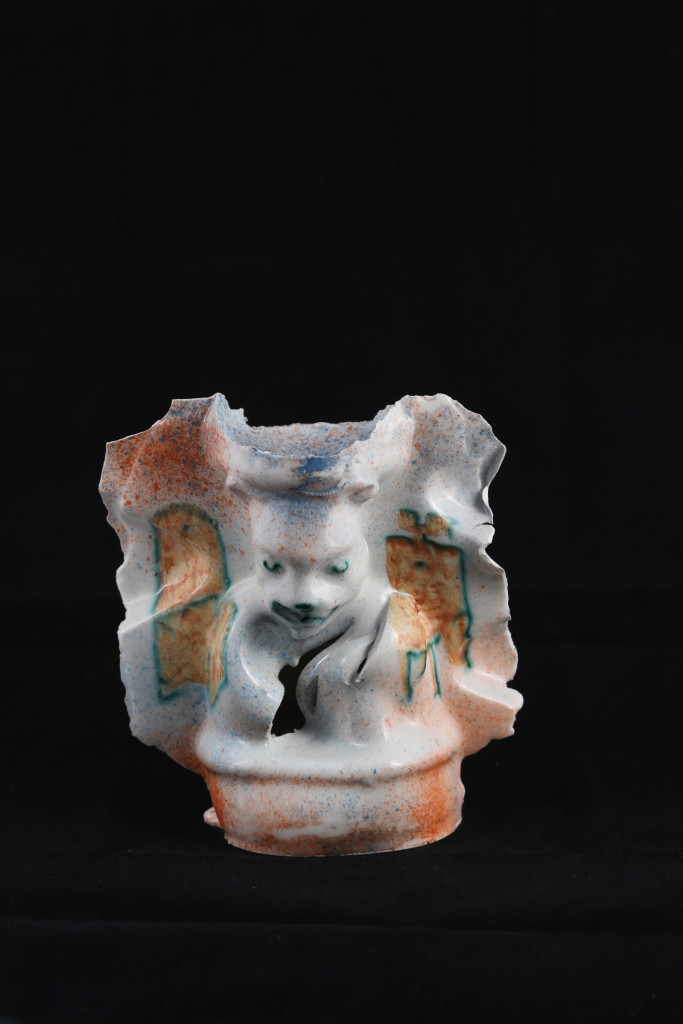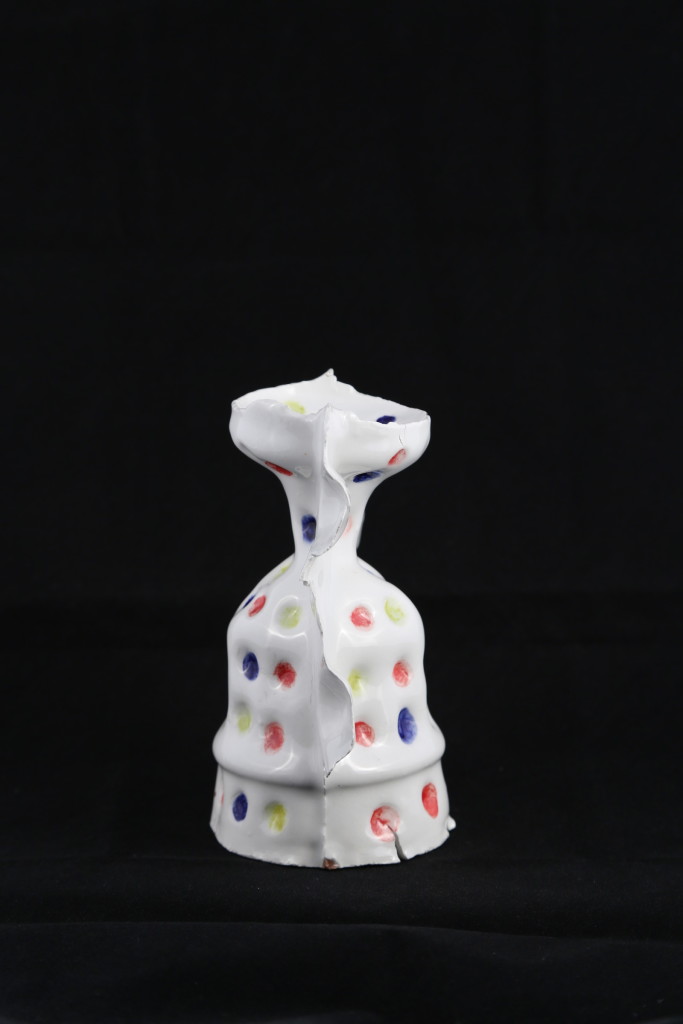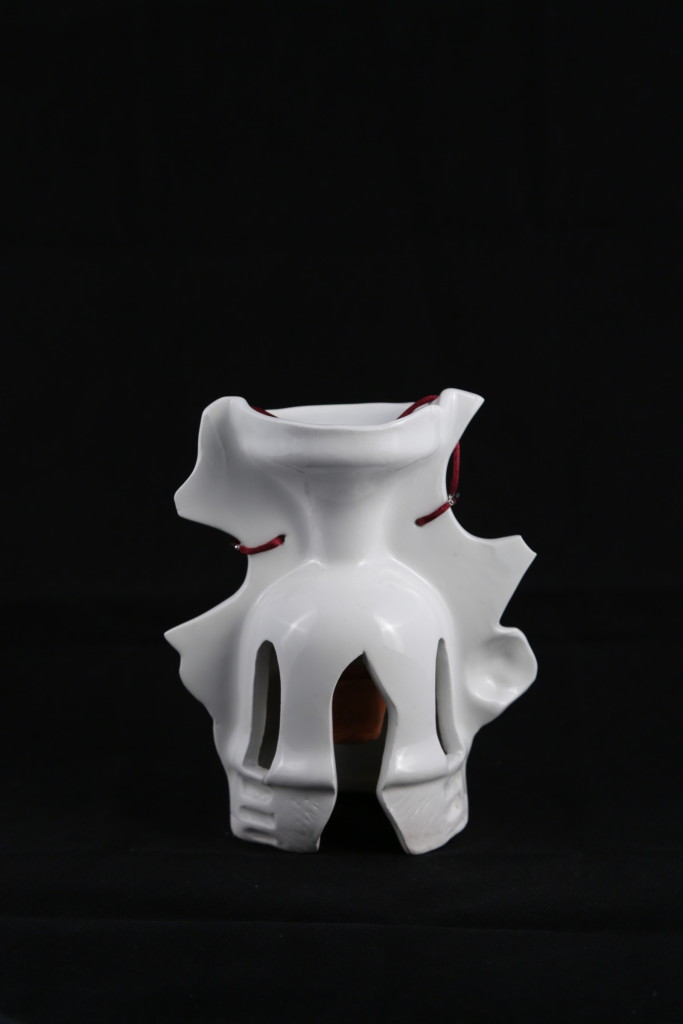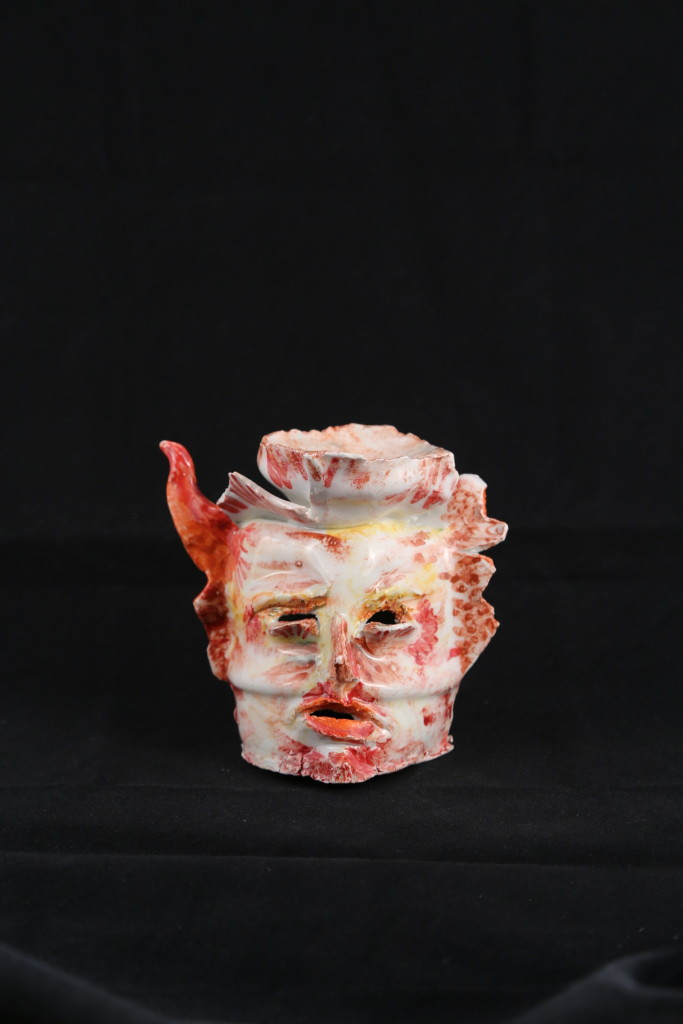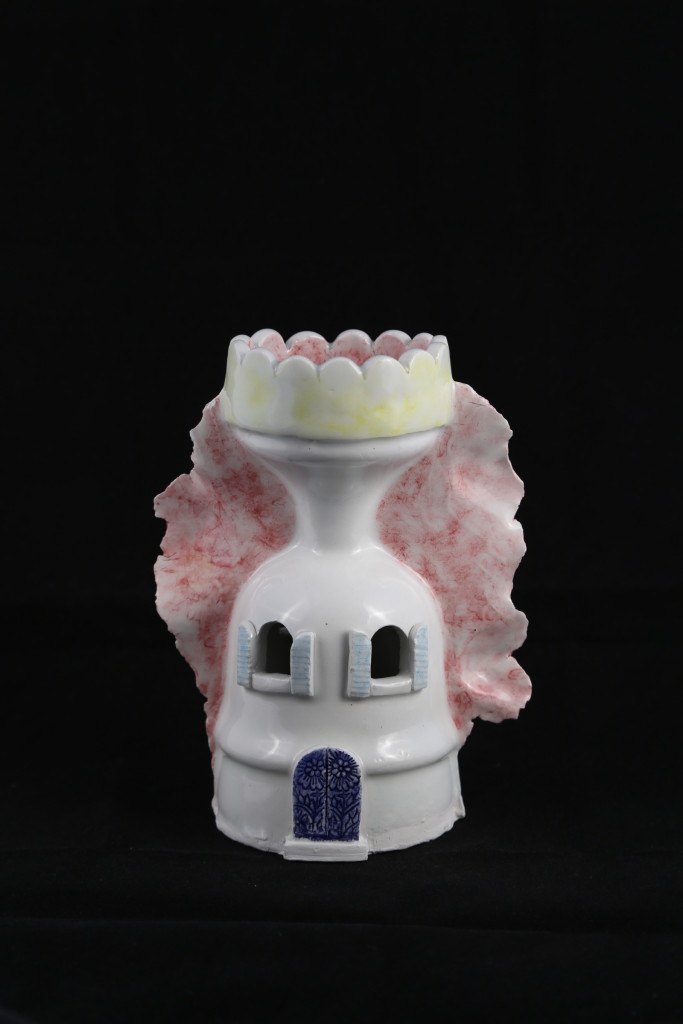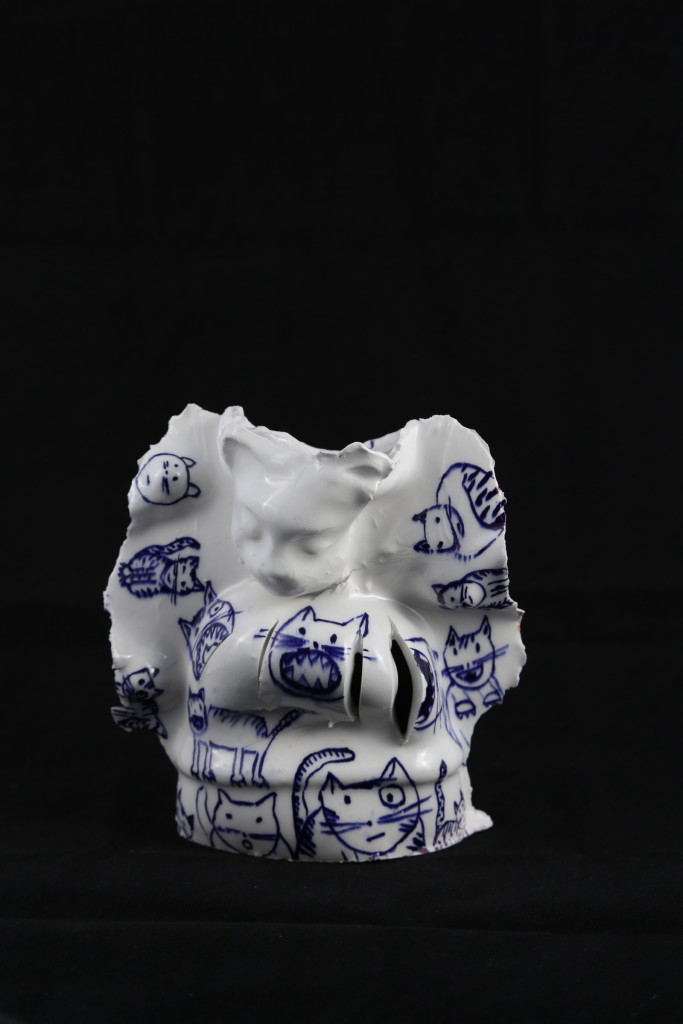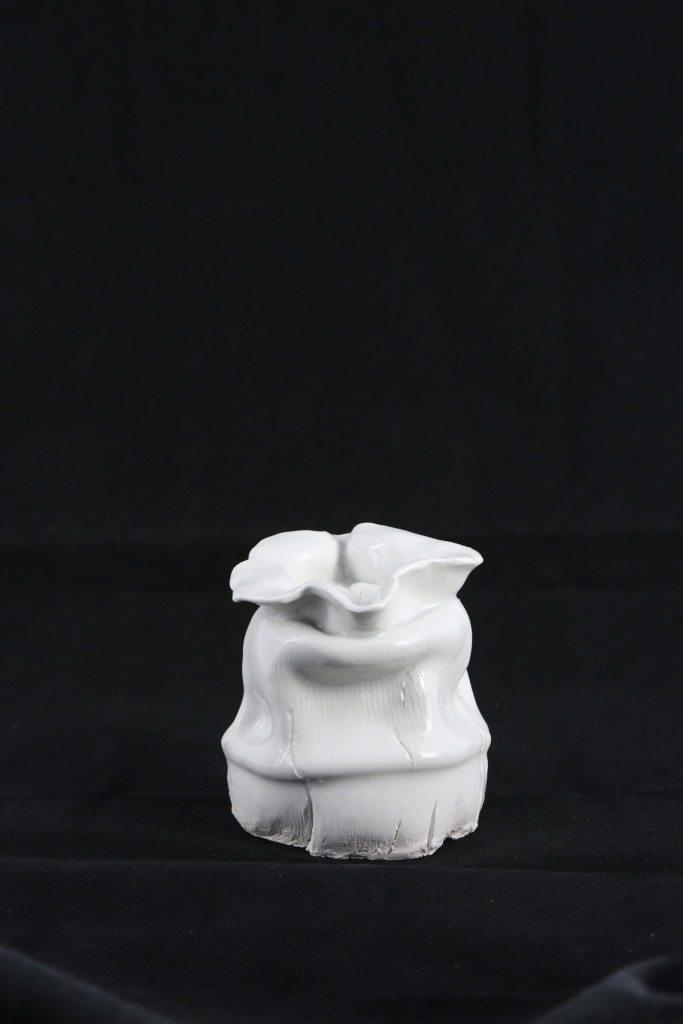L’Accademia luogo italiano della cultura del fare
Progetto realizzato dall’Accademia di Belle Arti di Verona
a cura di Maria Christina Hamel
L’Accademia di Belle Arti, luogo e istituzione espressamente italiana, quasi sempre corrisponde a realtà operative poste in contesti architettonici molto belli e di città importanti. In questi luoghi deputati all’apprendimento e alla conoscenza delle arti tutte, c’è una naturale educazione al bello. Gli studenti, i professori, le persone che anche oggi ne fruiscono, hanno un ruolo attivo nell’apprendere e la predisposizione nell’insegnare gli approcci, le poetiche, le tecniche, rendendo consci i discenti su questo percorso talvolta anche saldamente ancorato alla tradizione.
Tuttavia, il collante sono le discipline, la fama dell’istituzione, gli obiettivi – oggi molto importanti e interamente riconosciuti -, l’impartire modalità e processi creativi da parte di docenti prestigiosi.
L’architettura del luogo, in situ, crea un ambiente solenne, un tempio dell’apprendere, un contesto nel contempo antico e contemporaneo, consolidato e di avanguardia. Gli spazi ampi o angusti, i modelli, le sperimentazioni didattiche, gli arredi sono carichi di storia, sono la sorgente del nuovo artista. Vivere l’Accademia, vale una sapienza d’insieme fatta di un raro profumo di consolidato, di sicuro, di certo, di continuo, di trascendente, di insistente ed incessante generatore delle nuove mode di nuovi pensieri. Essere d’Accademia significa essere nel tempo, porsi all’origine di un marchio, nel principio di una azione educativa d’insieme, d’originalità.
L’Accademia è il luogo dove si esplicita la cultura del fare, quella sintesi tra apprendimento esperimentazione, tra libertà che appare senza limiti e gli stretti canali poetici della storia, in tragitti che si imparano a percorrere e ai quali i giovani si rifaranno.
Poi c’è l’Accademia pensata solo come luogo per diventare artisti. Ma è certo che non tutti lo diverranno. Oggi si è pure artisti nell’essere artigiani (digitali o di altre specialità) e la dote si ricerca nella completezza dell’educazione e nella cultura del fare che prevede la manualità, la conoscenza e coinvolgimento completo della persona e di tutti i sensi. Questa è e deve essere l’Accademia, il puro luogo dell’educazione alla bellezza in ogni sua forma.
Tre le esperienze presentate da allievi dell’Accademia di Belle Arti di Verona con i propri docenti; ambiti precisi e circoscritti, espressi nei concept qui di seguito definiti:
In Vino Veritas, il Vino e il Design
Insegnamento di Design System, Prof. Maria Christina Hamel
Analisi della cultura del vino come parte ed eredità dell’ambiente di provenienza. Il vino in quanto elemento che nutre lo spirito e l’anima, evoca il rapporto con abitudini e oggetti della tradizioni. L’individuazione di oggetti che lo possono contenere, raccontare, rappresentare. Il posizionamento di questi oggetti in un contesto storico, storico artistico oppure di ambiente.
La tazza e il calice, oggetti primari
Insegnamento di Tecniche della Ceramica, Prof. Rolando Giovannini
Alcuni oggetti del vivere quotidiano come la “tazza” e il “calice” sono primari perché assolvono funzioni primigenie, essenziali per la vita come il sostentamento e l’evoluzione. Servono per il nutrimento, sono connessi al vitto. Assolvono la funzione di contenere, conservare, proteggere, misurare il cibo, gli alimenti. L’uomo non se ne separa, anzi con una azione di custodia e di igiene, li conserva, li preserva, li protegge, li difende, li colleziona. Una tazza di the, una tazza di riso. Un calice d’acqua, un calice di vino. Una tazza e un calice per devozione e per offerta.
Natural Design
Insegnamento di Ecodesign, Prof. Maurizio Corrado
Una serie di progetti di oggetti di uso quotidiano che contengono materiale vegetale vivo. All’interno della disciplina dell’Ecodesign si è scelto di indirizzare la progettazione su questa particolare tipologia di nuova generazione.
Educating on beauty
The Academy, an Italian place of the culture of making
Project by the Academy of Fine Arts of Verona
Curated by Maria Christina Hamel
The Academy of Fine Arts, an explicitly Italian place and institution, almost always corresponds to schools in very beautiful architectural contexts in important cities. In these places for learning about and getting to know all the arts, educating on beauty is natural. The students the teachers, the people who today still benefit from them, play an active role in learning and have a predisposition to teaching the approaches, the poetics, the techniques, making the learners aware on this path which is sometimes also firmly anchored in tradition.
However, bonding everything are the subject, the fame of the institution, the objectives – today very important and recognized in full -, creative methods and processes taught by a prestigious teachers.
The architecture of the place, in situ, creates a solemn environment, a temple of learning, a context which is ancient and contemporary at one and the same time, consolidated and avant-garde. The large or small spaces, the models, the educational experiments, the furnishings are full of history, they are the source of the new artist. Experiencing the Academy is worth knowledge made up of a rare perfume of what is consolidated, safe, certain, continuous, transcendent, insistent and incessant generator of the new ways of new thoughts. Being of the Academy means being of one’s time, being at the origin of a brand, in the principle of an educational action as a whole, of originality.
The Academy is the place where the culture of making is carried out, that synthesis between learning and experimentation, between freedom which appears without limits and the narrow poetic channels of history, in journeys which are learnt and to which young people will repeat.
Then there is the Academy conceived only as a place for becoming artists. But it is certain that not everyone will become one. Today it is possible to be artists even in being artisans (digital or other specialities) and the gift is sought in the completeness of education and culture of making which includes manual skills, the knowledge and complete involvement of the individual and all the senses. This is and must be the Academy, the pure place of educating on beauty in all its forms.
The experiences presented by students of the Academy of Fine Arts of Verona with their teachers – precise and circumscribed areas, expressed in the concepts defined below, include:
In Vino Veritas, Wine and Design
Design System, Prof. Maria Christina Hamel
Analysis of the culture of wine as part and heritage of the milieu of origin. Wine as an element that nourishes the spirit and the soul, evokes the relationship with habits and objects of tradition. The identification of objects which can contain it, relate it and represent it. The positioning of these objects in a historical, historical-artistic or environmental context.
The cup and the glass, primary objects
Techniques of Ceramics, Prof. Rolando Giovannini
Some objects of everyday life, such as the “cup” and the “glass” are primary because they fulfil primigenius meanings, essential for life like sustenance and evolution. They are used for nourishment, they are connected with food. They fulfil the function of containing, preserving, protecting and measuring food. Man does not separate himself from them, but on the contrary with an action of protection and hygiene, keeps them, preserves them, protects them and defends them. A cup of tea, a cup of rice. A glass of water, a glass of wine. A cup and a glass for devotion and as an offering.
Natural Design
Ecodesign, Prof. Maurizio Corrado
A series of projects for objects of everyday use which contain living plant material. In the subject of Ecodesign, this particular new generation type has been chosen as the direction of design.

